-
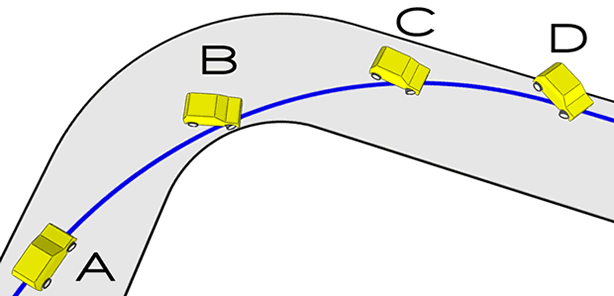
Getting rid of over-steering
Over-steering occurs when the rear tires reach the limit of adhesion in a corner before the front. This leads to ‘the back coming out’. Technically speaking, over-steering means that a car’s rear tires are operating at a greater slip angle than the front tires, i.e., they’re working harder. In real-world terms, it means the tail…
-
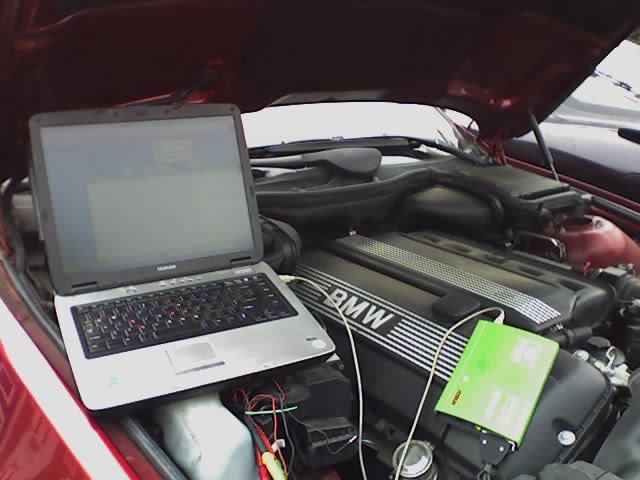
What kind of automotive scan tool should I get?
Deciding on the right scan tool for your automotive repair needs depends largely upon what the scan tool will be used for. Will you be performing diagnostic repair services at work? Perhaps the scan tool will be used at home to self diagnose your own vehicle’s engine troubles. The range of available scan tools can…
-
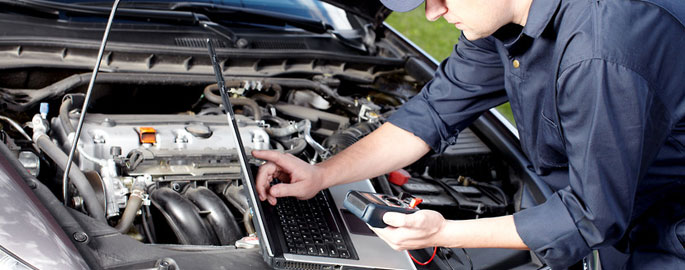
How much do you know about car diagnostic tools?
Car diagnostic tools range from low gear that you might already have in your toolbox to the high-end expensive equipment used by professional automotive technicians. Although cars have been tending more and more towards computer controls and diagnostic equipment in recent years, it is still important to start with the basics. Therefore, there are some…
-
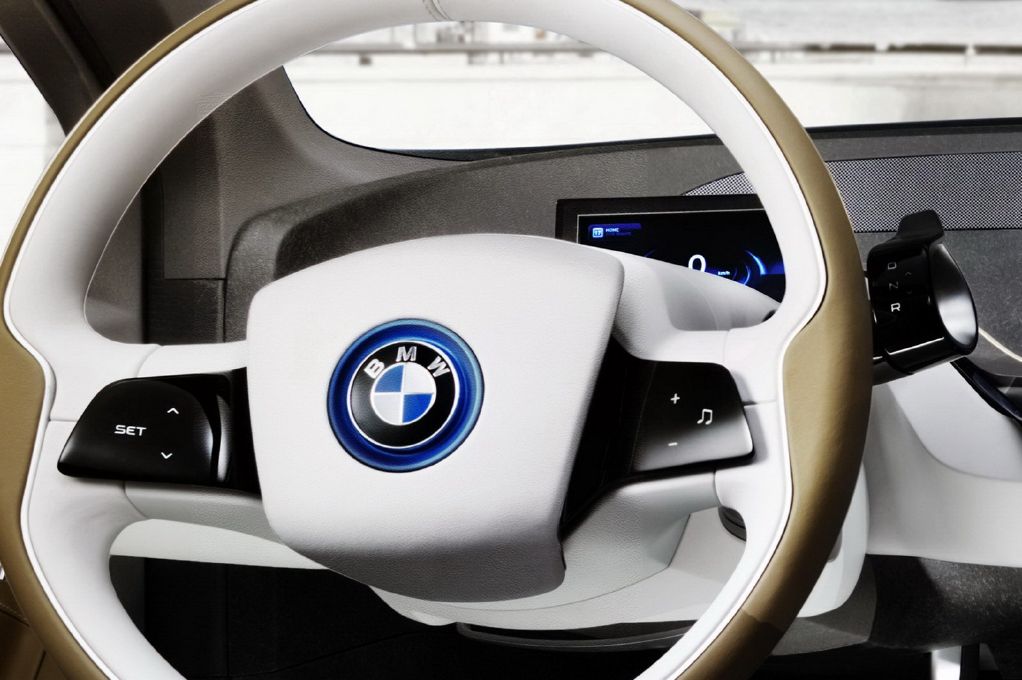
Car steering wheel shakes, how can I stop it?
Have you ever experienced steering wheel shake the moment you hit the brakes or when you are doing a smooth driving just like the other ordinary days? Your immediate thought might be that you’ve driven onto a quake-prone fault line. Yet it is more likely related to your car itself rather than the external environment.…
-
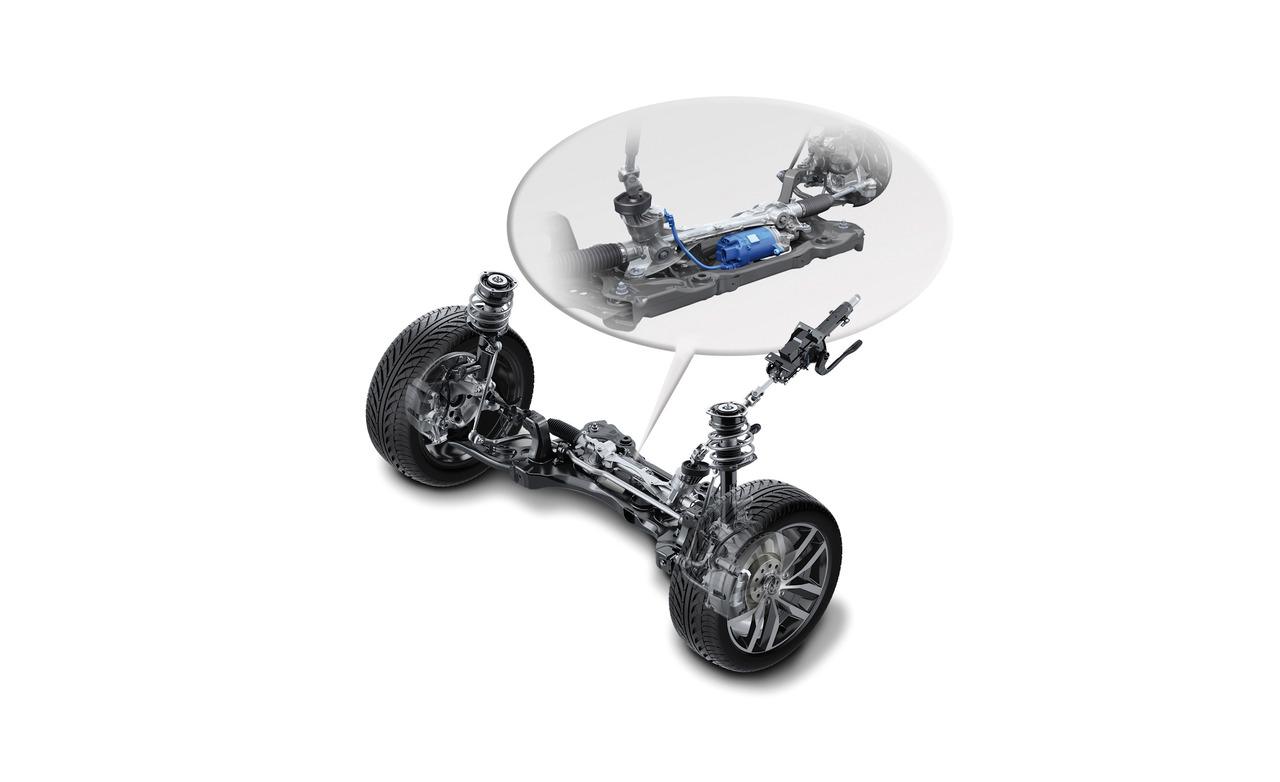
Does car power steering really suddenly fail to respond?
Power Steering System is designed to ensure an easy handling and precise direction as you drive your vehicle. In order to understand this question, first of all, you’ll need to learn something about power steering. The main components of power steering include power steering pump, power steering fluid, steering rack, speed sensor, steering wheel and…
-
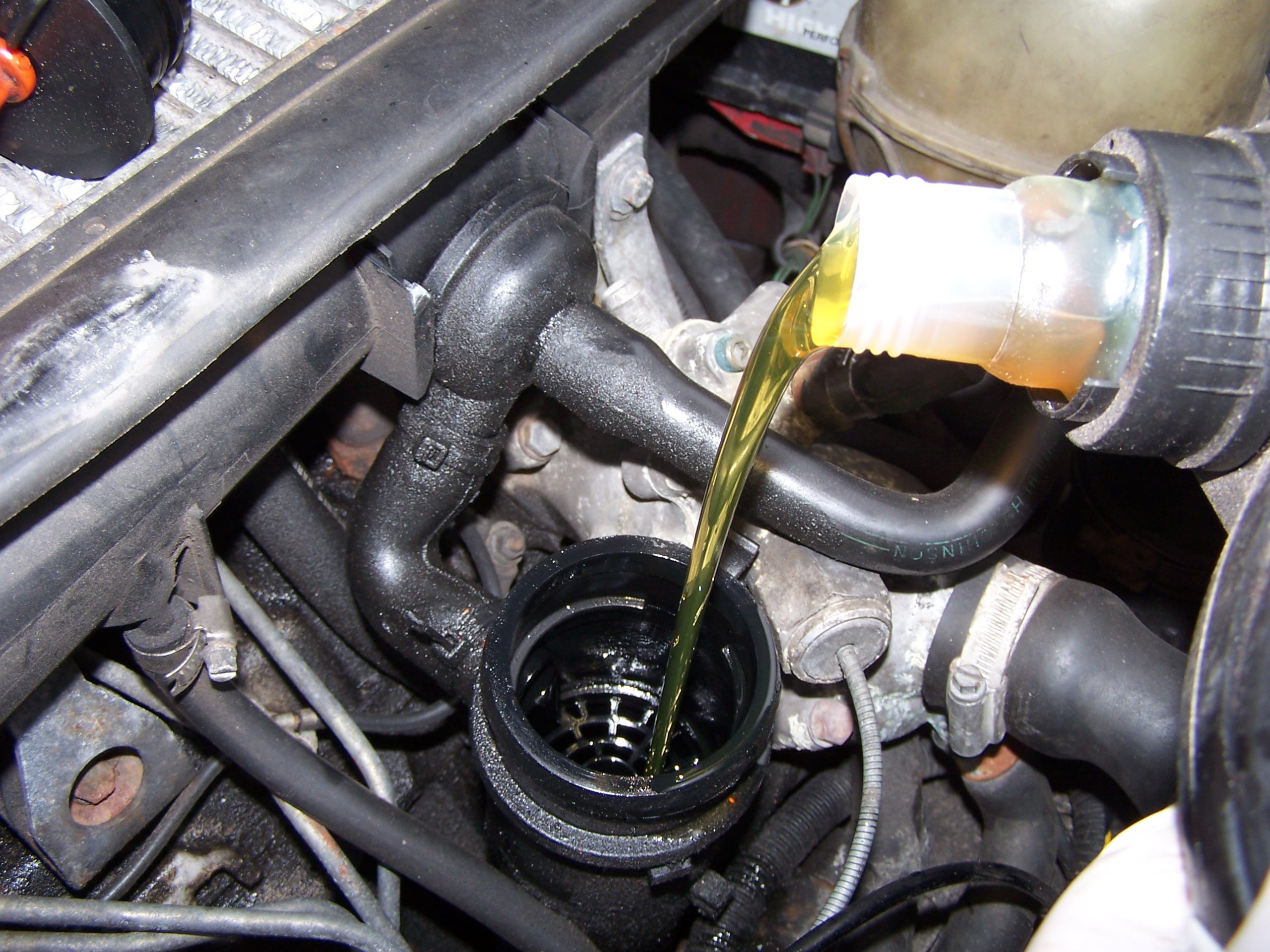
What Is Motor Oil? How Can We Tell It From The Ordinary One?
Motor oil is not just oil, it is a complex mixture of 10-15 ingredients carefully formulated and tested to meet the industry specifications and market claims. Actually, it is comprised of two main elements-base stock and additives. The base oil commonly constitutes 70 to 85 percent of the solution, while additives make up the remaining…
-
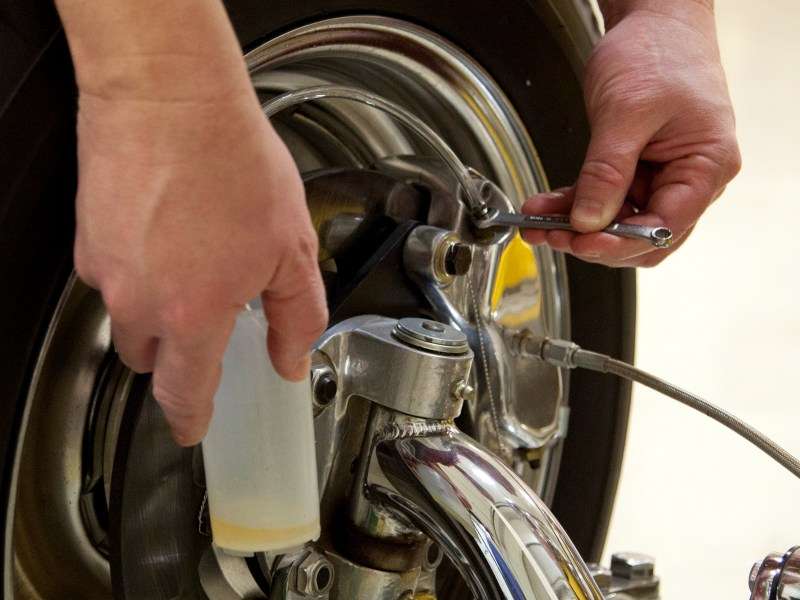
Useful information about ABS that most car owners wonder to know
Before Anti-lock Braking System (ABS) was installed on cars, drivers were told to rapidly pump their brakes if they felt a tire start to skid. In conventional base brake system, let’s say you are on a slippery road, going straight, and you hit the brakes. The wheels all lock up. So, you lose traction and…
-
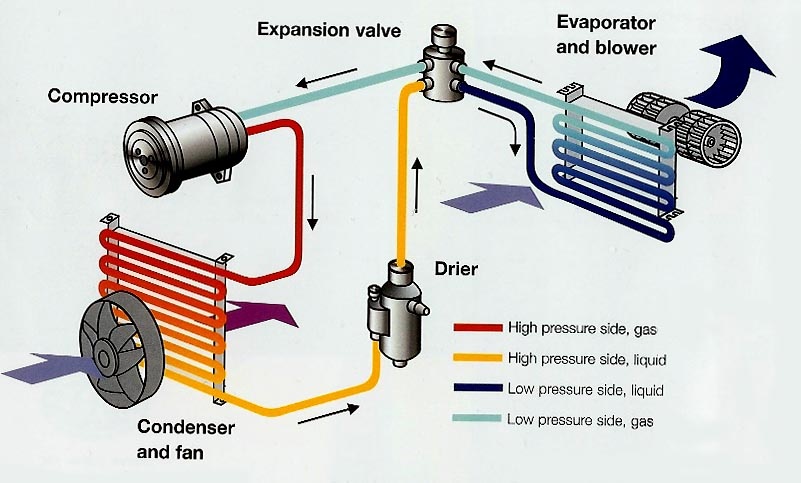
What You Don’t Know About Your Automotive Air Conditioning System
Air conditioning systems are first appeared in luxury automobiles in the early 1940’s. Today almost all cars, including small family hatch backs come with air conditioning as standard. With just push on a button or the slide of a lever, we get the ultimate chill we desperately long for blasting out of our vents to…
-
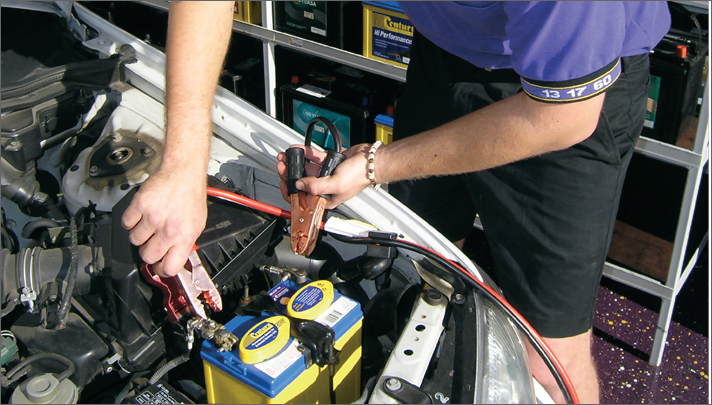
Car Battery Failures
An automotive battery supplies electric energy to an automobile. It is the power needed to ignite the starter and keep the car running. A weak or dead battery will leave you stranded while a healthy battery will perform the function it is designed to. Warning signs that may indicate your battery is on the fritz…
-
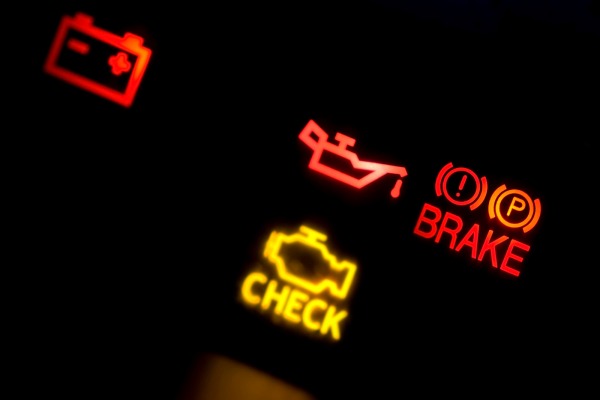
How to Reset Your Check Engine light?
Anyone that has driven a car with an internal computer has experienced a “check engine” light, also known as the malfunction indicator light (MIL). When the computer of the vehicle detects a diagnostic trouble code (DTC), it triggers the MIL to alert the driver of an internal problem. The problem may be easily diagnosed or…
